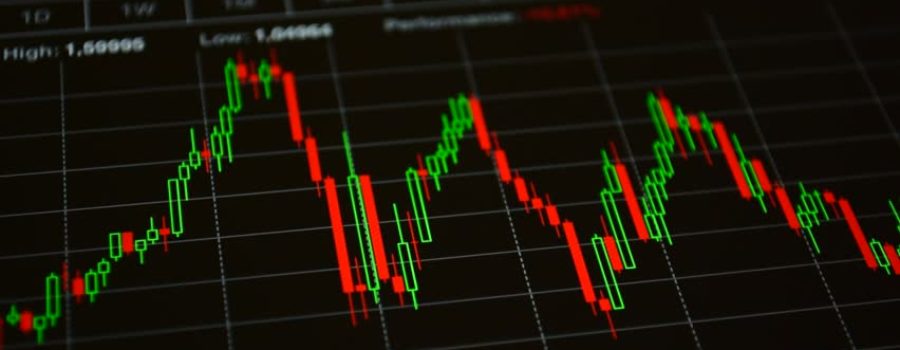Cryptocurrency markets can be extremely trend-based, experiencing massive continuous builds in price upon news that a specific currency is in use. Anticipating these price trends is near impossible, as nobody can predict use cases before they’re announced. However, knowing when to buy into a stock or currency that has upwards momentum is essential for maximizing gains – as is knowing when to sell something that’s experiencing downwards momentum. That’s where you’ll find some of the more well-known technical indicators helpful, as they can help you see trends in data that you may otherwise miss. One of the easier and more common indicators is the parabolic stop and reverse.
What is the parabolic stop and reverse?
More commonly referred to as parabolic SAR, this indicator is a marker that shows the short-term momentum of a volatile stock or currency. Devised by the same man who introduced the relative strength index indicator, this indicator is simply a series of dots overlaid on your stock chart of choice. To calculate where these dots are placed, you use a formula based on only a few easy-to-track variables.
The first variable you’ll use is the extreme point (EP) – the highest or lowest price for the current uptrend or downtrend. Second, you’ll use this EP value as the SAR for your initial day, as you need a baseline value to calculate tomorrow’s SAR. Finally, you can set an arbitrary alpha value as a price accelerator. This alpha works to make the indicator converge toward the actual price of a stock or currency over time. Most traders use a value of 0.02, then tweak as they get more comfortable with this indicator. Then, you follow this formula:
SAR of tomorrow = SAR of today (initially, EP) + alpha(EP – SAR of today)
At first calculation, this won’t look like much. But as you build it out using historical data, you’ll see fluctuations that indicate when to buy or sell a stock.
How can the parabolic stop and reverse indicator be used for cryptocurrencies?
While the parabolic SAR is generally used for stocks, it can certainly be applied to specific cryptocurrencies. If you overlay the trend dots on a graph of a cryptocurrency’s price, you can spot a few things. First, if the dots are currently below the price of a currency, then it’s considered a bullish market and the price is in an uptrend. If the dot is currently above the currency’s price, then it’s time to sell. If you don’t want to react on a day-to-day basis to a single technical indicator, then you can simply set stop orders at the calculated SAR price.
That way you’ll still be able to maintain some decent profits even if a downturn is on the way. It is important to note that this indicator should not be used for cryptocurrencies where the price is staying sideways. As a major part of the calculation relies on an accelerating price trend, the parabolic SAR will fail to calculate trends correctly when this is not the case. Be wary of this when analyzing some of the more stable cryptocurrencies.
Technical analysis can be tricky for Bitcoin and othercryptocurrencies because of their volatility and the many differences in fundamental principles from regular equities, cryptocurrency requires modification and refinement of many technical indicators. The parabolic SAR is one of only a few technical indicators that can easily be transferred from its traditional use to this new, exciting market. With this knowledge, you’ll be able to see exactly when and how a currency’s price is trending.



Most Commented Posts